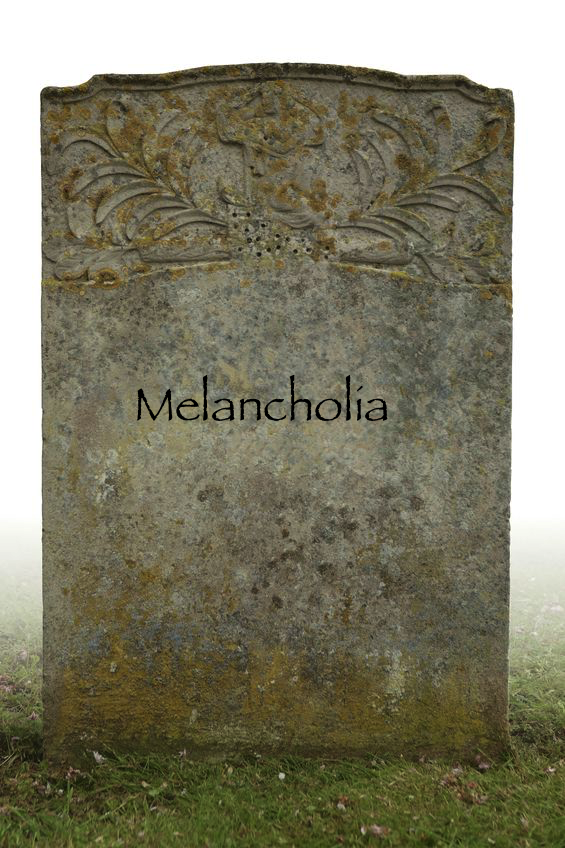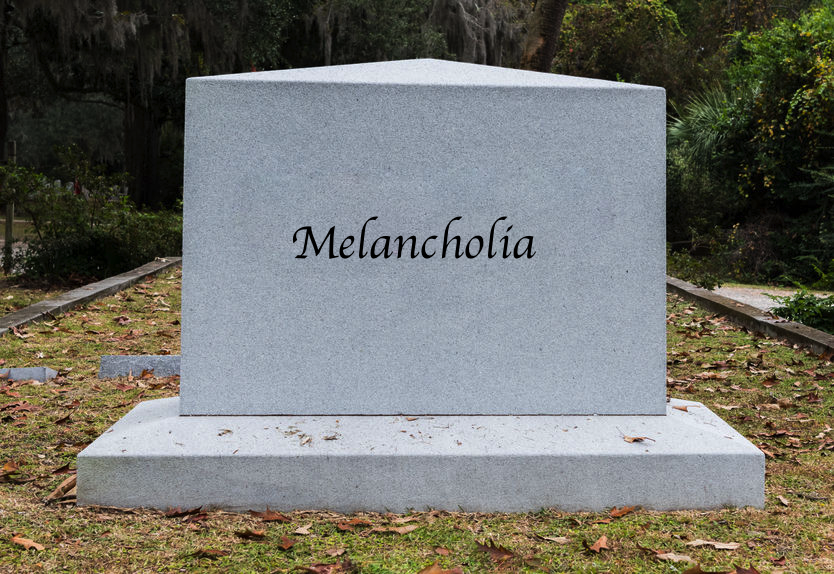The Death of Melancholia, Part 2
Dr. Bernard Carroll died of lung cancer on September 10, 2018. The New York Times heralded him as the “conscience of psychiatry,” but the work that brought him that label happened later in his professional career. At the youthful age of 28, he published a paper, “Resistance to Suppression by Dexmathasone of Plasma 11-O.H.C.S. Levels in Severe Depressive Illness,” that essentially argued there was a “blood test” for severe depression. The dexamethasone suppression test (DST) measures the body’s ability to suppress cortisol, a stress hormone. But it was too late. Melancholia had already died at the hands of Emil Kraepelin.
In a 1968 article in the British Medical Journal, Dr. Carroll announced that when the test was administered to people with the severest species of depression — a paralyzing gloom then called melancholia, or endogenous depression — their bodies were shown to have trouble suppressing the hormone. People with other kinds of mood disorders had normal scores.
He thought it could be a confirmatory test for a diagnosis of depression—not as a way to actually make a diagnosis in the first place. But nothing happened. The DSM was in the midst of an extreme makeover as psychiatry fought for survival (See “The Quest for Psychiatric Dragons” Part 1 and Part 2 for more on this). Its architects weren’t interested in two distinct kinds of depression. Melancholia was lumped into “major depression” with several other mild and moderate disorders. Edward Shorter said:
Barney’s application of the DST to serious depressive illness was a huge step forward in establishing a biological base for serious depression. . . . It identified a biologically homogeneous group of serious depressives that could then be studied with the tools of molecular biology . . . . [But] the DST was pushed aside before anyone had a chance to do this, and one of the few biological tests in psychiatry has since then lain fallow.
Melancholia had successfully separated from the Hippocratic theory of humors by the late nineteenth century, and was gathering credibility as a distinct mood disorder. However, “Emil Kraepelin … killed off melancholia and prompted its replacement with depression.” In How Everyone Became Depressed, Edward Shorter carefully documented how this took place between the fourth and eighth editions of Kraepelin’s book, Psychiatry: A Textbook for Students and Physicians. By 1913 Kraepelin had convinced himself that what were presented as separate illnesses were instead “a single disease process.” He said: “It is, as far as I know, entirely impossible to discern any particular boundaries among these individuals clinical pictures, that until now have been separate.”
Shorter said Kraepelin’s influence in renaming melancholia “depression” was enormous. But alone, it was not enough to explain how “everybody became depressed.” Freud and the influence of psychoanalysis upon American psychiatry would also play a crucial role. Ironically, Freud had little interest in depression and only wrote about it within one paper, “Mourning and Melancholia” in 1916. It was one of his disciples, Karl Abraham, who wrote about depression as a neurosis, rather than about melancholia or manic-depression. Abraham thought depressive affect to be as widespread as anxious affect, with both conditions often occurring in the same person. “This was the beginning of neurotic depression as a diagnosis separate from the other big depressive illnesses.”
Otto Fenichel then became a central figure in the acceptance of neurotic depression among psychoanalysts. In his book Outline of Clinical Psychoanalysis, written in 1933, he commented how all varieties of neuroses could develop depression. After moving to Los Angeles in 1938, his revised and expanded edition said: “Neurotic depressions are desperate attempts to force an object to give the vitally necessary [narcissistic] supplies, whereas in the psychotic depressions the actual complete loss has really taken place and regulatory attempts are aimed exclusively at the superego.”
To understand why depression became such a huge diagnosis, we thus have the role of psychoanalysis, the thread that begins with Karl Abraham and passes through the émigré analysts, to make depth psychology such a popular conveyor belt for neurotic depression. It is almost unimaginable to us today that psychoanalysis once represented the very heart and soul of psychiatry.
Meticulously, Shorter then traced the wanderings of neurotic depression through the maze of psychoanalysis and its importance to American psychiatry. Depression had become a significant diagnosis by the time of World War II. “By World War II depression had become the standard term for any accumulation of symptoms involving fatigue, anxiety, and so forth. But this was a depression that was far from melancholia.” Many of the patients who received the diagnosis did not appear depressed. A psychiatrist at the University of Toronto said in 1952: “An outstanding feature of mild depression is that the patient rarely complains of feeling depressed and often does not appear particularly despondent.”
Then in 1974 the American Psychiatric Association chose Robert Spitzer to chair the Task Force to revise the DSM-II. He was a junior figure who at the time had developed an interest in the classification of psychiatric disorders. Shorter said he had little exposure to clinical psychiatry “and did not have that deep intuitive understanding of psychological illness that many senior clinicians acquire.” His strong will and determination to impose his own ideas infuriated other Task Force members and made him difficult to work with. Melvin Sabshin said:
Dr. Spitzer had had an immense degree of effort and dedication to the process of developing a new nomenclature. The problem in that, however, has been that Dr. Spitzer has not necessarily thought through how one goes about educating psychiatrists or other mental health professionals and is so exceedingly sensitive to any negative input (to which he responds as if there were an attack on his knowledge, integrity, etc.) that it is difficult to deal with him.
Shorter said Spitzer saw himself in a political, not a scientific battle in formulating the DSM-III. The goal was to win, not necessarily to establish scientific exactness. Above all he wanted to triumph over the despised psychoanalysts. He was determined to exterminate the diagnosis neurotic depression, which had become a favorite of the analysts. “He negotiated a number of political concessions that made little scientific sense.”
Spitzer had collapsed the two depressions of melancholia and nonmelancholia, in use in psychiatry for over two centuries, into a single depression, called major depression, and ensured that it was the only diagnosis you could get into unless you were seeing a psychoanalyst and could qualify for neurotic depression. Major depression, often simply called “depression,” went on to become the diagnosis of one-tenth of the United States population.
Max Fink, one of the pioneers of biological psychiatry commented on the paradigm shift from manic-depression to major depression: “When it was manic depressive illness, it was a small number of people. When it became major depression . . . 50 percent of the people are depressed. That’s absurd. That means there’s something wrong with the label.”


